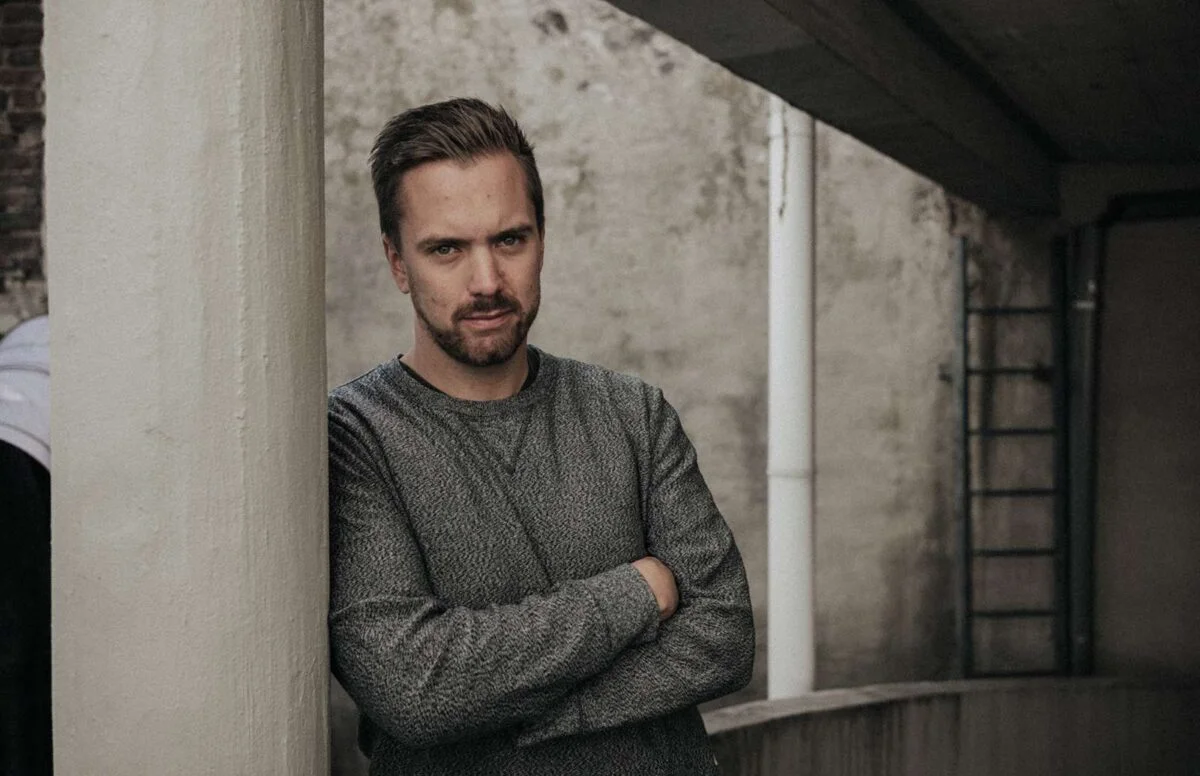What should be borne in mind when using influencer marketing during the COVID-19 crisis?
What impact is the current situation having on influencer marketing? Should planned campaigns be jettisoned? And what is required for credible crisis communication? We asked some experts for their opinion.

Jan Nicolas König, ODALINE: Offer appropriate and creative content

Just like in performance marketing, the visual language used in influencer marketing must be adapted to the situation. And so must budgets in the short term. Influencers can be a useful vehicle for informing customers that your product can also be accessed digitally – or even without contact, such as in the case of the McDonalds delivery service. In such scenarios, the influencer marketing channel is well worth using at the moment because the length of time for which feeds are active is currently higher than prior to COVID-19. Plus, there are greater opportunities than ever for producing content together with influencers in this situation. Creative agencies and production companies are in a state of paralysis. Influencers can produce branded content from home and provide brands with the content they need – with the right briefings.
Jan Nicolas König, co-founder of ODALINE
Tom Nollau, Lucky Shareman: Think through communication strategies

The current COVID-19 situation is having an effect on all aspects of our private and public lives. And, of course, on influencer marketing.
It’s clear that brands and influencers are having to take a more conscious approach than ever to how they communicate. On the one hand, it can’t simply be business as usual. After all, communication from an ivory tower position and clumsy product campaigns with discount codes are likely to be viewed much more critically than usual by followers and communities at the moment. Cheaply put-together competitions designed to generate clicks and pure self-promotion do not go down well in a time of self-reflection, solidarity and uncertainty.
On the other hand, brands should not be too hesitant or write off all communication via social media and influencers. These are still the best channels for reaching younger target groups. Furthermore, various surveys conducted by influencers among their followers have shown that sponsored posts are still generally well accepted.
So what should you do if you have planned or are in the process of implementing a campaign or want to go back to the drawing board? That’s relatively simple: look to deal creatively with the situation. There’s no point in staying quiet or taking a half-hearted approach. Brainstorming is needed to reconcile the present situation with the campaign objective. For example, shifting the focus to the current sense of solidarity could also have a positive impact on the company’s image.
Another advantage is that most professional influencers are used to these challenges. It’s important to use their creativity (and that of the agency working on the campaign). Then there can be opportunities in a time of crisis. After all, influencers can still produce high-quality content with little equipment or manpower in the current situation – even from their own home. And this makes them more than just an alternative to brand communication at a time when entire production segments are hamstrung.
Tom Nollau, CEO of Lucky Shareman
Jörn Mecher, INTERMATE Media: Create added value in these coronavirus times

The situation we face is exciting and involves dangers, risks and lost revenue – but also opportunities and new areas to tap.
We first asked ourselves whether the community would even want to see any advertising or brand cooperation in a time like this and what form this should take. To get the answer, we conducted a mini-study in which ten influencers surveyed their approximately six million followers. This showed that 76 percent want to see brand cooperation and get a piece of an ‘idyllic world.’
But not all idyllic worlds are the same. An influencer post shows a snapshot of the life of the influencer. In spite of the coronavirus, not every moment is necessarily bad or sad.
What doesn’t work, however – and this affects creation, storytelling and strategy – is showing life now as it used to be. A chips company may have planned a joint Netflix party for an influencer cooperation, but that won’t work now. We have to pivot to hosting Netflix streaming parties and shift everything to a digital format that works in these times of social distancing.
And this is precisely where the current opportunity lies: how can influencers provide inspiration either with or without brand cooperation? How can social distancing be designed to feel as close as possible? How great is the buzz when you shop for your neighbors who fall within a vulnerable risk group? What have influencer couples been using over three weeks of quarantine to avoid getting on each other’s nerves?
Probably everybody is grappling with these kinds of questions at the moment – influencers can provide answers to an enormously large community and this is exactly where it gets exciting for brands. Advertisers can pull off a big coup by portraying brands as coherent and credible enablers of these solutions, with benefits in communication.
HOWEVER, the situation and crisis should not be exploited in any way. You have to create added value. This could be in the form of pure entertainment – such as with the phenomenon of TikTok, whose user numbers are currently going through the roof.
We recently launched an interesting campaign piggybacking on the WHO handwashing challenge, for example. We worked together with our partner Eucerin to get influencers on board who then use Eucerin for the challenge and nominate others.
Of course, Eucerin hand washing cream is the product of choice for the influencers in their bathrooms – but it’s all purely about the challenge again with the accounts they nominate.
Jörn Mecher, co-founder & Managing Director of INTERMATE Media




